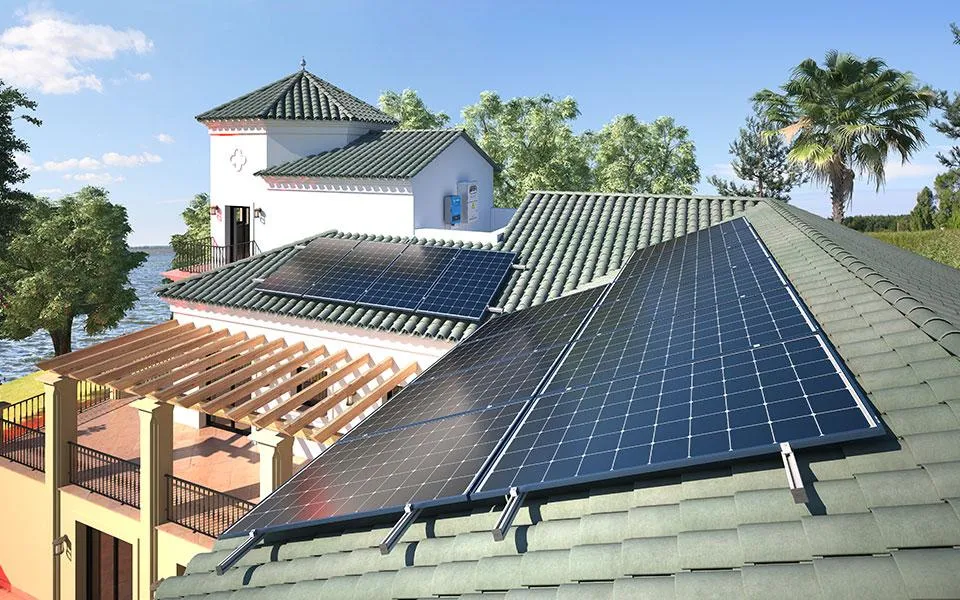solar panel available sizes
Understanding Solar Panel Available Sizes A Comprehensive Guide
As the world increasingly embraces renewable energy, solar panels have gained immense popularity among homeowners and businesses alike. One of the key considerations when adopting solar power is the size of the panels. Solar panels come in various sizes, which can significantly impact the overall energy generation, installation space requirements, and costs. In this article, we will delve into the different sizes of solar panels available in the market, helping you make an informed decision tailored to your energy needs.
Common Solar Panel Sizes
Solar panels are primarily available in three standard size categories residential, commercial, and high-efficiency panels
.1. Residential Solar Panels Residential solar panels are designed for home installations and typically range in size from 60 to 65 inches in height and 39 to 42 inches in width. The common dimensions are a 60-cell panel, measuring approximately 65 x 39 inches, and a 72-cell panel, which measures around 78 x 39 inches. Most residential panels have a power output ranging from 250 to 400 watts, with efficiency ratings that vary depending on the technology used. For example, traditional monocrystalline panels often exhibit higher efficiency than their polycrystalline counterparts, making them a popular choice for homeowners with limited roof space.
2. Commercial Solar Panels Commercial solar panels are generally larger and more powerful than residential panels. They typically consist of 72 cells, measuring about 78 x 39 inches. These panels can produce between 350 and 500 watts of power. Due to their larger size and higher power output, commercial panels are ideal for businesses and large installations where space and energy requirements are greater. Their efficiency makes them suitable for rooftops of commercial buildings and solar farms where maximizing output is crucial.
3. High-Efficiency Solar Panels High-efficiency solar panels are designed to deliver maximum energy output while occupying minimal space. These panels often utilize advanced technologies such as bifacial designs, which capture sunlight on both sides, or PERC (Passivated Emitter and Rear Cell) technology, which enhances energy capture capabilities. High-efficiency panels are typically available in similar dimensions as standard models; however, they can generate up to 20% more power than traditional panels. This makes them an excellent choice for urban areas or locations where roof space is limited.
Factors Influencing Solar Panel Size Selection
solar panel available sizes

When selecting the appropriate size for solar panels, several factors must be taken into account
1. Energy Needs Understanding your energy requirements is the first step in determining the size of solar panels needed. Reviewing your monthly electricity bill can provide insights into your average energy consumption. Once you know how much energy you consume, you can correlate that with the power output of solar panels to establish how many panels will be required to meet your energy needs.
2. Available Space The size of your roof or installation area greatly affects the type and number of solar panels you can install. If space is limited, you may want to consider high-efficiency panels, as they can produce more power per square foot. Conversely, if you have an extensive installation area, you could choose standard-sized panels.
3. Budget The cost of solar panels can vary based on their size, efficiency, and brand. Larger panels typically come with a higher price tag. Thus, it’s important to factor in your budget while making your decision. Moreover, consider additional costs such as installation, inverters, and other equipment.
4. Local Regulations and Incentives Local regulations regarding solar installations can affect your choices as well. Some regions may have specific requirements for panel sizes, while others provide incentives that could influence the type and number of panels you opt for.
Conclusion
Choosing the right size of solar panels is a critical aspect of transitioning to solar energy. By understanding the available sizes, including residential, commercial, and high-efficiency options, you can better align your energy needs with your installation capabilities. Consider factors such as your energy consumption, available space, budget, and local regulations to make an informed decision. Embracing solar power not only benefits the environment but also provides you with potential savings on electricity costs, making it a worthwhile investment for the future. As technology continues to advance, the variety of solar panel sizes and efficiencies will only expand, offering even more options for consumers.
-
Unlocking Energy Freedom with the Off Grid Solar InverterNewsJun.06,2025
-
Unlock More Solar Power with a High-Efficiency Bifacial Solar PanelNewsJun.06,2025
-
Power Your Future with High-Efficiency Monocrystalline Solar PanelsNewsJun.06,2025
-
Next-Gen Solar Power Starts with Micro Solar InvertersNewsJun.06,2025
-
Harnessing Peak Efficiency with the On Grid Solar InverterNewsJun.06,2025
-
Discover Unmatched Efficiency with the Latest String Solar InverterNewsJun.06,2025







